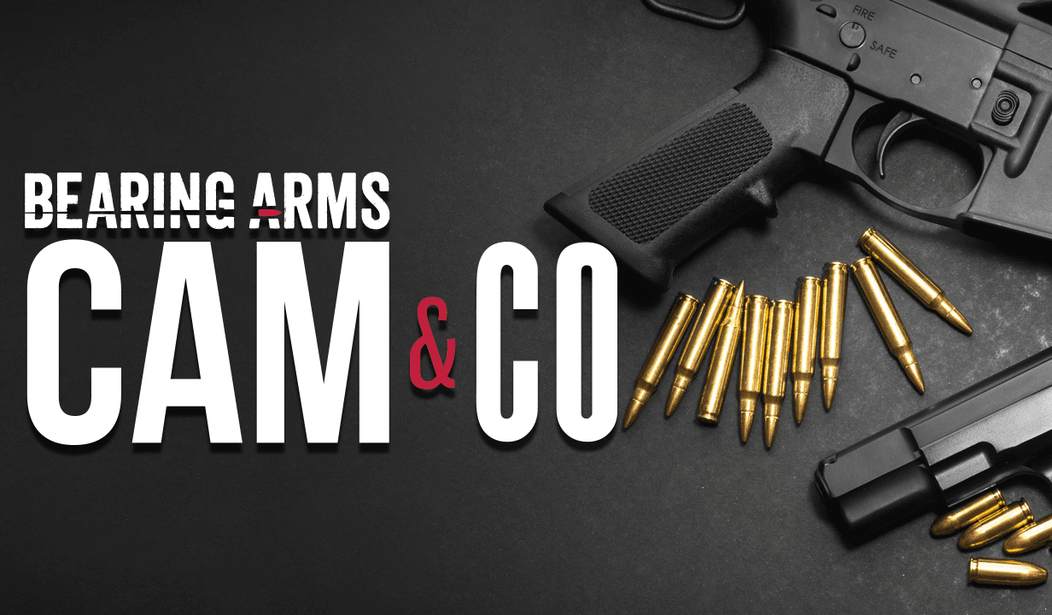Over the weekend the New York Times ran a lengthy story on the Lake City Army Ammunition Plant and its role in producing ammunition for the civilian market in addition to the U.S. military. The Times report explicitly tied ammo produced at Lake City to mass shootings, with the paper reporting that Lake City ammunition has been “bought by murderers, antigovernment groups, and others.”
Newest thing for anti-gunners to complain about just dropped https://t.co/2VNWuqLdvE
— Firearms Policy Coalition (@gunpolicy) November 12, 2023
Not just to complain about, but potentially to legislate or regulate as well. I’ve been covering 2A issues long enough to recognize the pattern here; a major media outlet “uncovers” something it portrays as a problem, and then anti-gun politicians and gun control groups start demanding action be taken. The New York Times report itself doesn’t contain too many comments from anti-2A activists, but it doesn’t need to. That’s what follow up stories are for. Instead, the purpose of the initial report is to establish some reason to be concerned; in this case, the presence of Lake City-produced ammunition turning up at crime scenes.
The vast majority of Lake City rounds sold by retailers have gone to law-abiding citizens, from hunters and farmers to target shooters. Some are drawn to them because they are made with the same materials and often to the same specifications as the military’s, while others see them as an authentic accessory for their tactical weapons and gear.
But more than one million pages of search warrants, police evidence logs, ballistic reports, forfeiture records and court proceedings compiled by The Times provide a sweeping accounting of how Lake City ammunition, once intended for war, has also cut a criminal path across towns and cities in nearly all 50 states.
The tie-in between the military and civilian use of .223 or 5.56 ammo is a key part of the narrative being crafted by the New York Times, as is the partnership between the Army and the private sector.
The availability to consumers of rifle cartridges made at an Army site is the fruit of a symbiotic relationship between the Defense Department and the ammunition industry. A legacy of the war on terror, the federal contract to operate Lake City’s sprawling manufacturing campus is intended to save taxpayers money while keeping it ready to ramp up at a moment’s notice.
When the military needs ammunition, the contractor is required to make it, but it is otherwise free to keep production lines humming with commercial operations.
Over the last two decades, the government has invested more than $860 million to improve and repair the plant and expand its capacity, according to Justine Barati, an Army spokeswoman. The Army has also required Lake City contractors to pick up some costs. Under the current arrangement, the contractor has covered at least $10 million a year in improvements — an amount that can grow depending on production levels. The payments are earmarked for projects ranging from office renovations to equipment upgrades.
The Defense Department argues that the public-private partnership is necessary for national security.
“We don’t maintain and/or improve our ammo plants because it’s ‘economical’ to do so,” Doug Bush, an assistant secretary of the Army in charge of acquisitions, said in a statement. “We do it to ensure we have government-owned production capacity for military-specific items that we can surge in case of a conflict.”
A Defense Department official, in a statement, said “commercial utilization brings lower costs to the Army and taxpayer, and keeps a skilled work force better positioned to respond to surge requirements.” The official said a 2021 study found that the government received a 10 to 15 percent discount on ammunition by allowing commercial sales.
The trade-off for ordinary Americans is that commercial ammunition for the AR-15 is being manufactured in large quantities on government property with little or no public accountability as to how it is marketed and sold.
Even though the Times report doesn’t call for a specific action to be taken (this is a “news” story, after all, not an opinion piece), reporter Ben Dooley still makes it understood that the “problem” can be solved by ending the production of ammo produced for the civilian market… or, at the very least, imposing rules and restrictions on its marketing and sales.
Another tell came when Dooley wrote, “In its response to questions, the Defense Department did not address the use of Lake City ammunition in mass killings and other crimes but said ‘there is currently no plan’ to end commercial sales,” which suggests that Dooley did ask if that specific action would be taken. Now that the DoD has said there are no plans to change the status quo, the gun control lobby can demand that very thing; either through legislation or a directive by the Biden administration.
The anti-2A crowd still wants to ban modern sporting rifles altogether, but with a divided Congress the earliest they could get a vote would be January of 2025, and there’s certainly no guarantee they’ll have the numbers to do so. These looks like more of a backup plan to me; if you can’t ban the guns, go after the ammunition. Ending Lake City’s ability to serve the civilian market would put a significant dent in the availability of .223 and 5.56 ammo, at least in the short term, and even a public announcement that the Biden administration is considering such a step would likely cause a run on that ammunition currently sitting on store shelves.
Rumors to that effect were floating around even before the Times ran its big story this weekend, and I’d be shocked if one of the usual suspects on Capitol Hill like Chris Murphy, Cory Booker, or Richard Blumenthal didn’t call for an investigation or send a letter to plant officials or the Army Inspector General this week to kick off the latest attack on our Second Amendment rights; one aimed at ammunition specifically and not modern sporting rifles themselves.









Join the conversation as a VIP Member